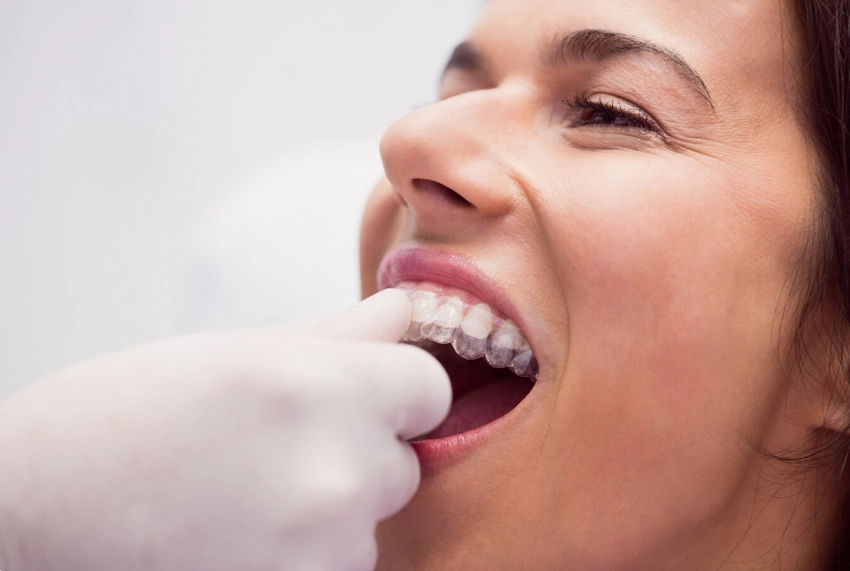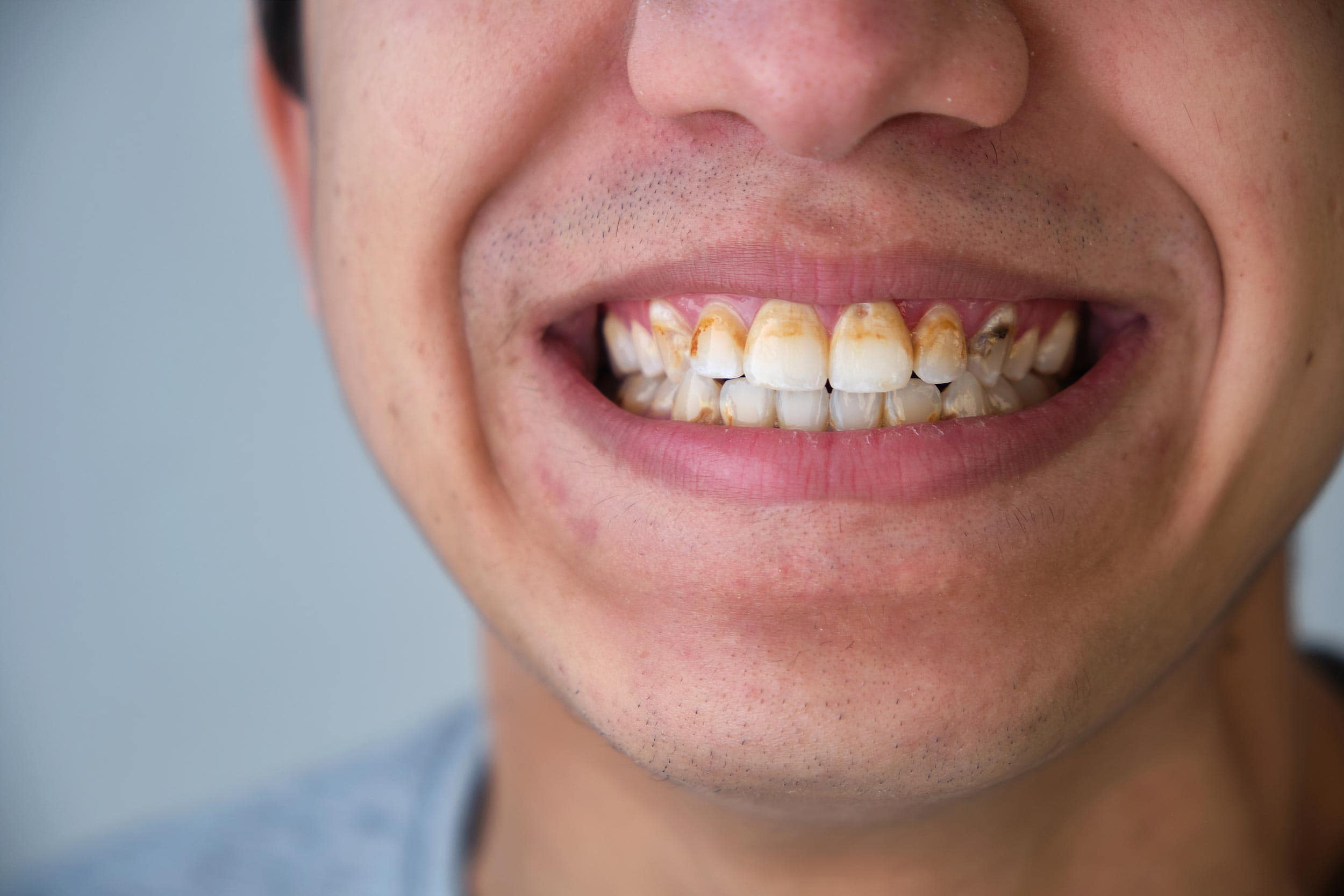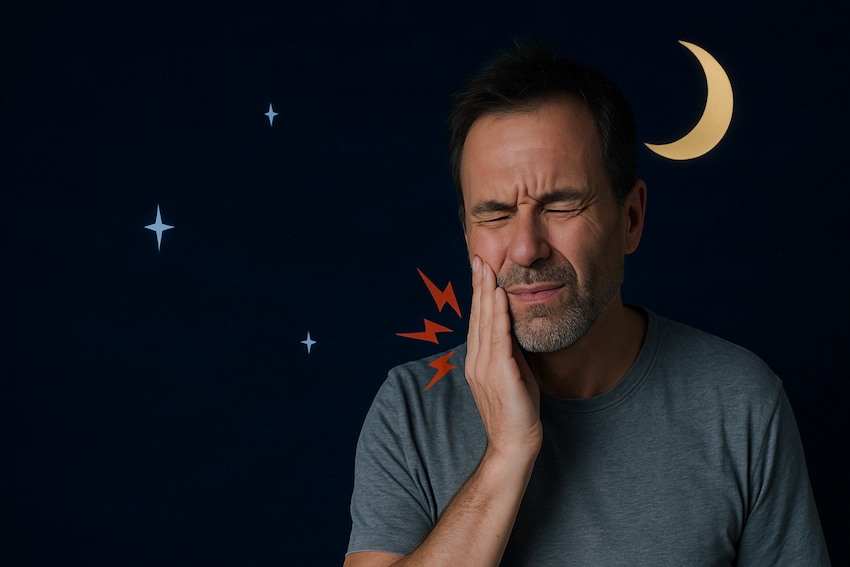🦷5 Effective Ways to Brush Your Teeth Properly
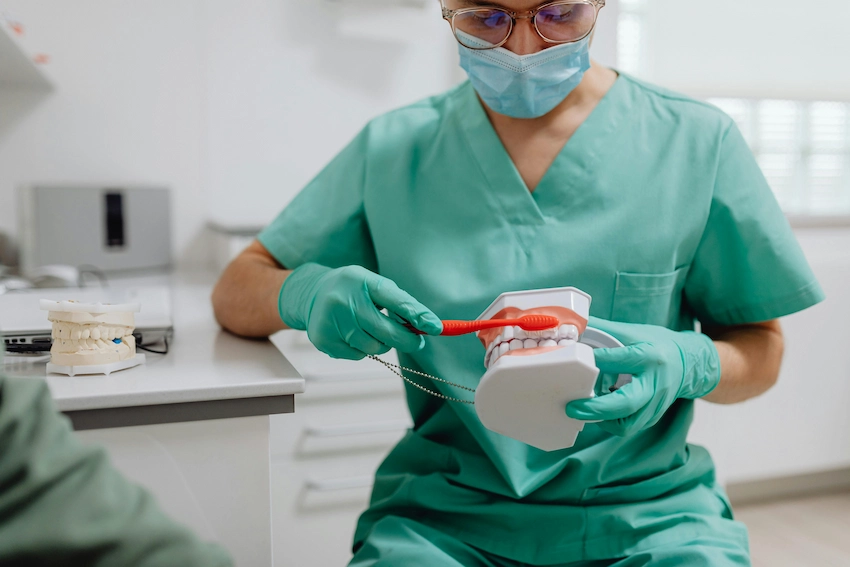
Brushing our teeth is an everyday routine that involves various techniques that can make a great deal of difference. But are you brushing your teeth adequately and correctly? It might come as a surprise to you but a majority of people don’t follow the correct methods of brushing their teeth and this in return can cause more issues, with this blog you can learn 5 effective ways to brush your teeth properly.
Well, if you are a person who has not been brushing correctly, there is nothing to worry about since you can turn this situation around by merely making some minor adjustments in the way that you brush your teeth and this will also increase the intervention for the improvement of your oral hygiene in general, as well as program some more elements for preventing tooth sensitivity.
In this user-friendly guide, we will analyze and give you the five most effective ways to brush your teeth in proper ways as suggested by several doctors who are dentists and then stick around for more tips and tricks that when followed can give you very much better results.
Importance of Brushing Your Teeth Correctly
5 effective ways to brush your teeth properly is so much more than just making your mouth look as clean and pleasant as it can be — it’s a daily effective tool for plaque removal, prevention or gum inflammation, and fortifying your enamel, which is the outer protective covering of your teeth. For those who do not follow proper brushing techniques, they risk being left with a crust of bacteria around their teeth and this creates the perfect habitat for things like cavities, tartar, or even more serious problems associated with oral health in the future. There is a saying that if you take care of the present, the future will be better and bolder.
With an appropriate brushing strategy or technique, you can enjoy various benefits like the following:
- Keep away from cavities and tooth decay that can lead to unnecessary pain and the cost of medication in the future
- Prevent damage to enamel and tooth sensitivity that can interfere with your comfort while eating or drinking
- Enhance your gum health that helps significantly in avoiding gum diseases and improves your overall oral health
- Maintain fresh breath that even promotes confidence in you as you go about your daily routine and interact with different people; and
- Extend the lifespan of your dental restorations, keep your crowns, fillings, etc. looking as fresh as new for years to come.
Teeth Brushing Made Simple: 5 Fundamental Guidelines
We have already mentioned the importance of correct tooth brushing and its benefits for you as a person as it extends to your general health and not only to your teeth and gums. Again, it is important to remember that proper oral hygiene must be followed either by doing it correctly or through effective methods.
As people say above, these five methods are consistently the best and have the most noticeable positive effects on tooth cleaning, which we are going to discuss one by one — believe in us with this, as there is factual evidence to support each of them, and not merely hearsay. Keep on reading as you brush your teeth the chance of leaving plaque anywhere.
1. Choose the Right Toothbrush: A Soft-Bristled Wonder
For most people human beings when they choose a toothbrush, it is a hard bristle toothbrush that should
What to do instead: Choose a soft-bristled toothbrush or an electric toothbrush with pressure control. These have been found to be just as effective as the former to plaque yet do not damage your teeth.
2. Brush in Gentle, Circular Motions
One of the techniques that users seem to have commonly made mistakes is scrubbing side to side. First, this back-and-forth scrubbing, especially the changing of sides when brushing can lead to wearing down your enamel as a result of the abrasion especially near your gumline.
Best technique: Hold your toothbrush at a 45-degree angle and move in gentle circular motions around each tooth. This technique is not only safe and effective but also effective as it ensures both teeth and gums are well cleaned.
3. Brush for Two Full Minutes
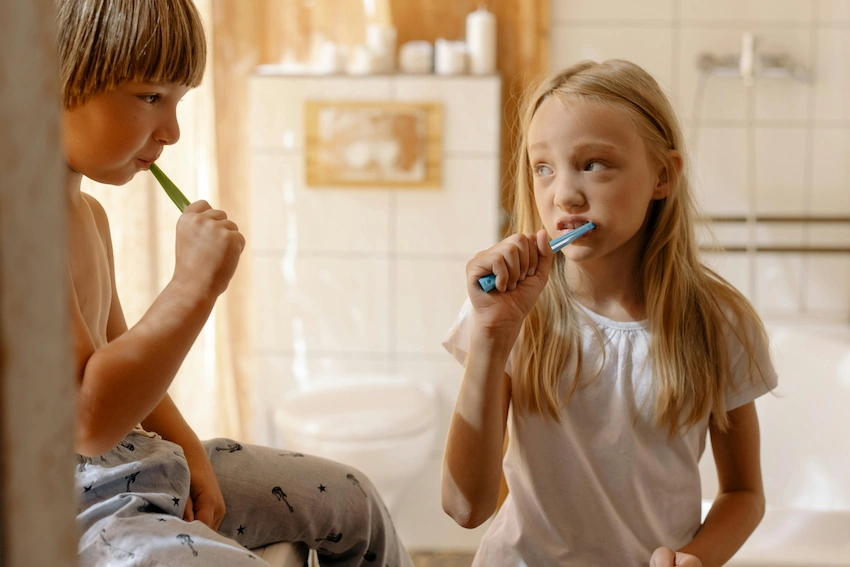
Brushing for less than two minutes means that you are likely to have missing info. When brushing your teeth if you do not last for the total recommended time of two minutes you will miss some key areas of your mouth,
Tip: Use a timer or a toothbrush with a built-in timer. Break your mouth into four quadrants and spend 30 seconds on each section. Having a timer will motivate you to brush continuously and effectively. By the time the two minutes are complete, you will have properly cleaned.
4. Don’t Forget the Inner Surfaces and Tongue
Many people are likely to concentrate only on the surface portion of their teeth. However, the surfaces are only doing the outer areas of the incisors, and when they begin to decay, they will in turn lead to serious health issues. The best concern is that plaque and bacteria would likely accumulate also on the inside surfaces of teeth and the tongue. Make sure you add these to your routine:
- Make sure you brush the inner parts of your front and back teeth
- Brush your tongue well because it has a lot of bacteria that can cause mouth odors
5. Use the Right Amount of Toothpaste
The notion that toothpaste is vital in cleaning is correct but in most cases the more toothpaste the better. The problem with the excessive amount of toothpaste is that it tends to create a lot of foam that is likely to lead some of the people to stop brushing earlier than they should in a time that is required with the right quantity of toothpaste. Recommended amounts:
- For adults: Use a pea-sized amount of toothpaste
- For children: Use a smear of toothpaste (like the thickness of a grain of rice)
Always remember that since, if recommended, toothpaste doesn’t provide as additional value in protecting your teeth or enhancing toothbrushes clean. Apply the right amount of toothpaste and be sure to keep brushing properly and doing all the things you are supposed to be doing and you will be able to properly protect which is going to lead you to a healthy mouth and a confident smile.
When it comes to applying the right amount of toothpaste on a toothbrush, the recommended amount for children under the age of 6 is that of a size smaller than a rice-sized smear. Thus, using about a rice-sized smear should not just take care of the children but if they are older than this, it would be recommended to swallow.
Frequently Asked Questions About 5 Effective Ways to Brush Your Teeth Properly
The correct way to brush is to use a soft-bristled toothbrush and move in gentle circular motions at a 45-degree angle to the gumline. Brush all surfaces for two minutes, twice a day, to effectively remove plaque and protect your enamel.
Replace your toothbrush every 3 months or sooner if the bristles are worn or frayed. Using a fresh brush ensures better cleaning and reduces the risk of gum irritation and bacteria buildup.
The five steps are: use a soft brush, apply fluoride toothpaste, hold at a 45-degree angle, brush in circular motions for two minutes, and gently brush your tongue. These steps help prevent tooth decay and maintain overall oral health.
Brush twice daily, floss once a day, limit sugary foods, visit your dentist regularly, and use fluoride mouthwash. These habits strengthen enamel, reduce plaque, and lower the risk of cavities and gum disease.
Step 7 is rinsing your mouth thoroughly after brushing to remove toothpaste residue and loosened debris. This final step ensures freshness and completes your daily oral care routine.

